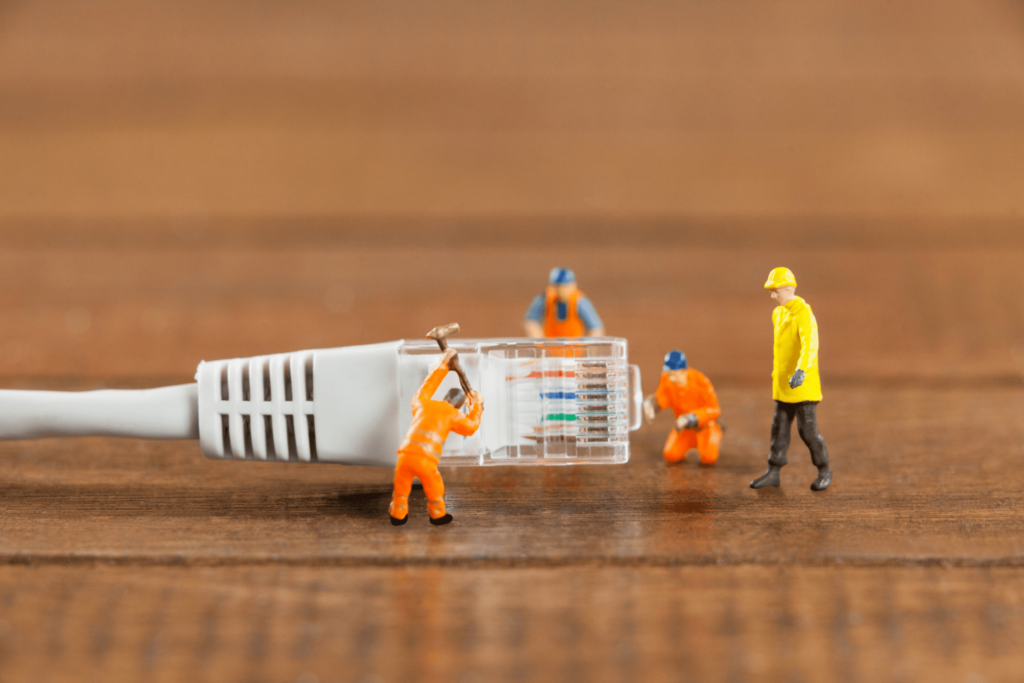FTTP: What It Means and Why It Matters – Let’s break down this term often heard in internet discussions.
FTTP stands for Fiber-To-The-Premises, and it’s a fancy way of saying that your internet connection is delivered through fibre optic cables directly to your home or business. Instead of relying on older infrastructure like copper wires, fibre optic cables transmit data using light signals, making for faster and more reliable internet speeds.

Exploring the Advantages of FTTP
Here are some of the advantages of lightning-fast speeds: With FTTP, you can kiss goodbye to buffering and slow downloads. Fibre optic cables can deliver internet speeds of up to 1 gigabit per second, allowing you to stream HD movies, video chat with friends and family, and download large files in the blink of an eye.
Fibre optic cables are not susceptible to interference from electromagnetic radiation or inclement weather like traditional copper wires. This means you’re less likely to experience outages or slowdowns, even during storms. As our reliance on the internet continues to grow, FTTP ensures that you’re ready for whatever the future holds. With its superior bandwidth capabilities, fibre optic technology is well-equipped to handle the demands of emerging technologies like virtual reality, augmented reality, and 8K video streaming.
In conclusion, now you know what FTTP means and why it matters – it offers blazing-fast speeds and unmatched reliability, making it the gold standard for internet connections. However, its high cost and limited availability in some areas may pose challenges for widespread adoption. Nonetheless, as technology continues to advance, FTTP holds the promise of a brighter, more connected future for us all.
